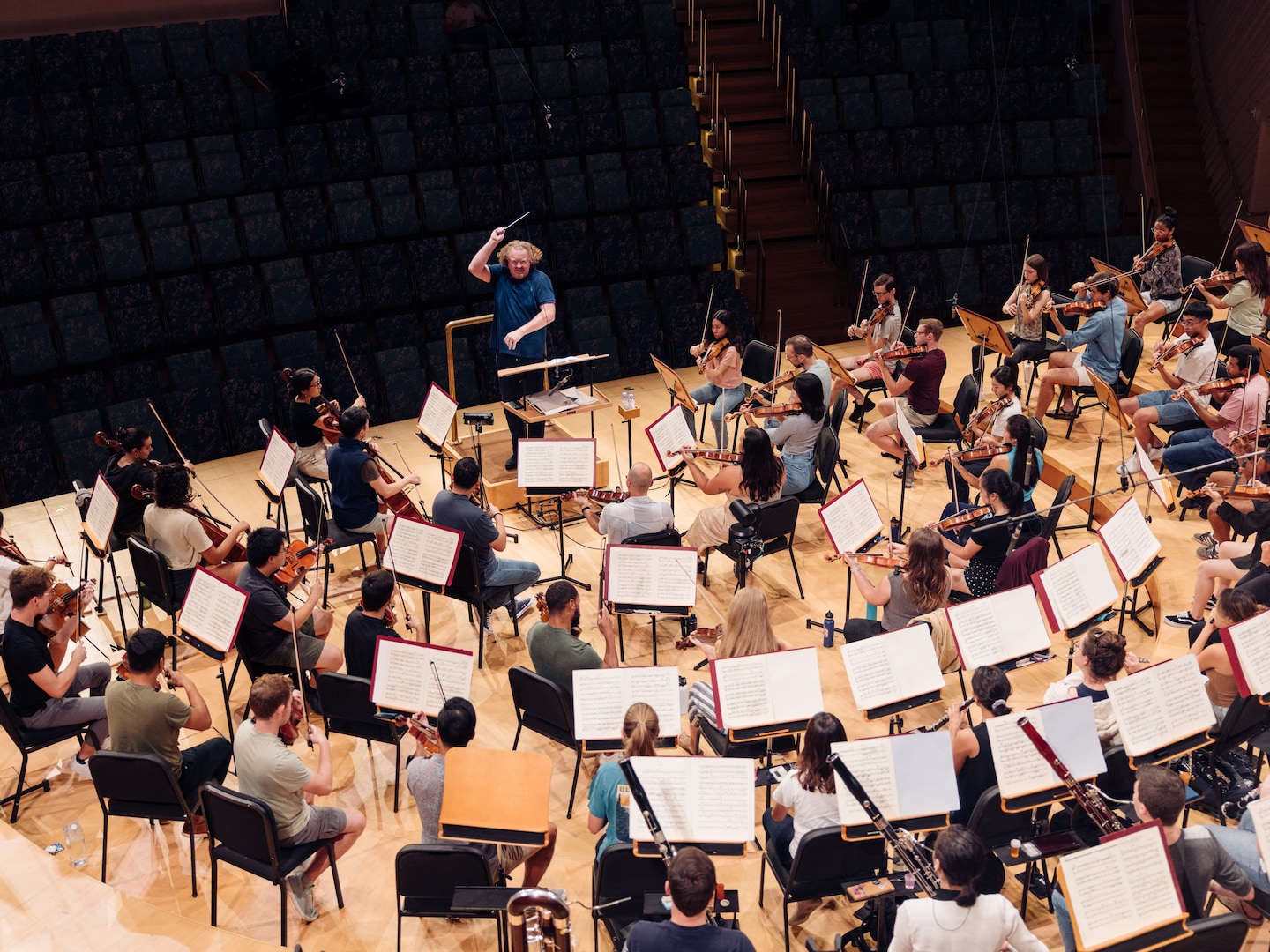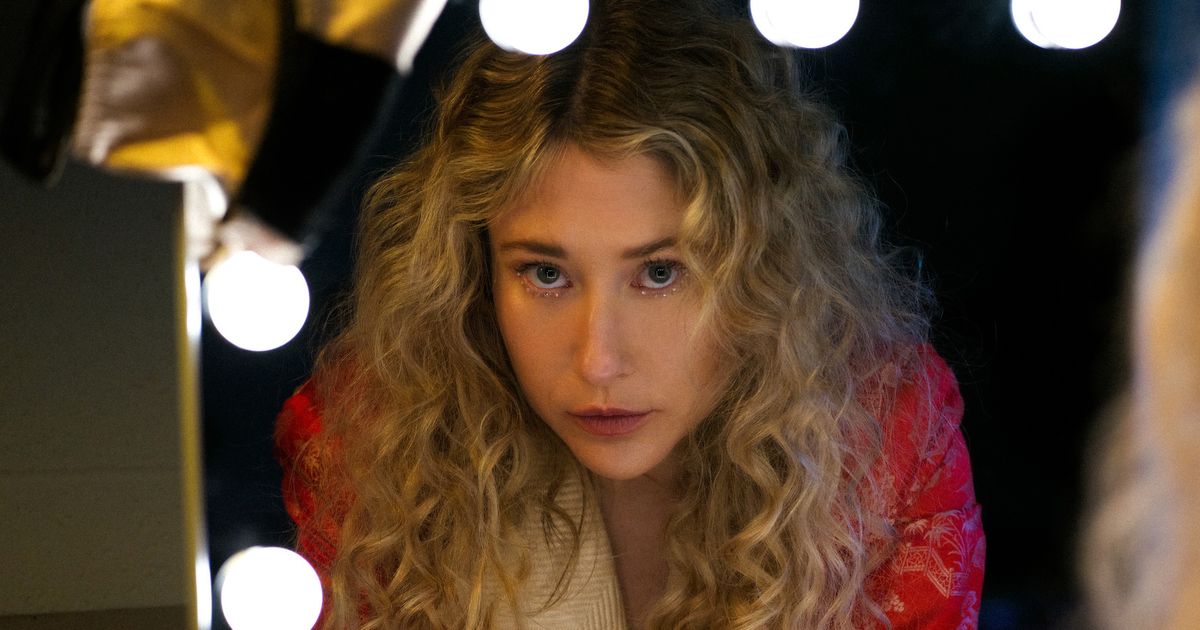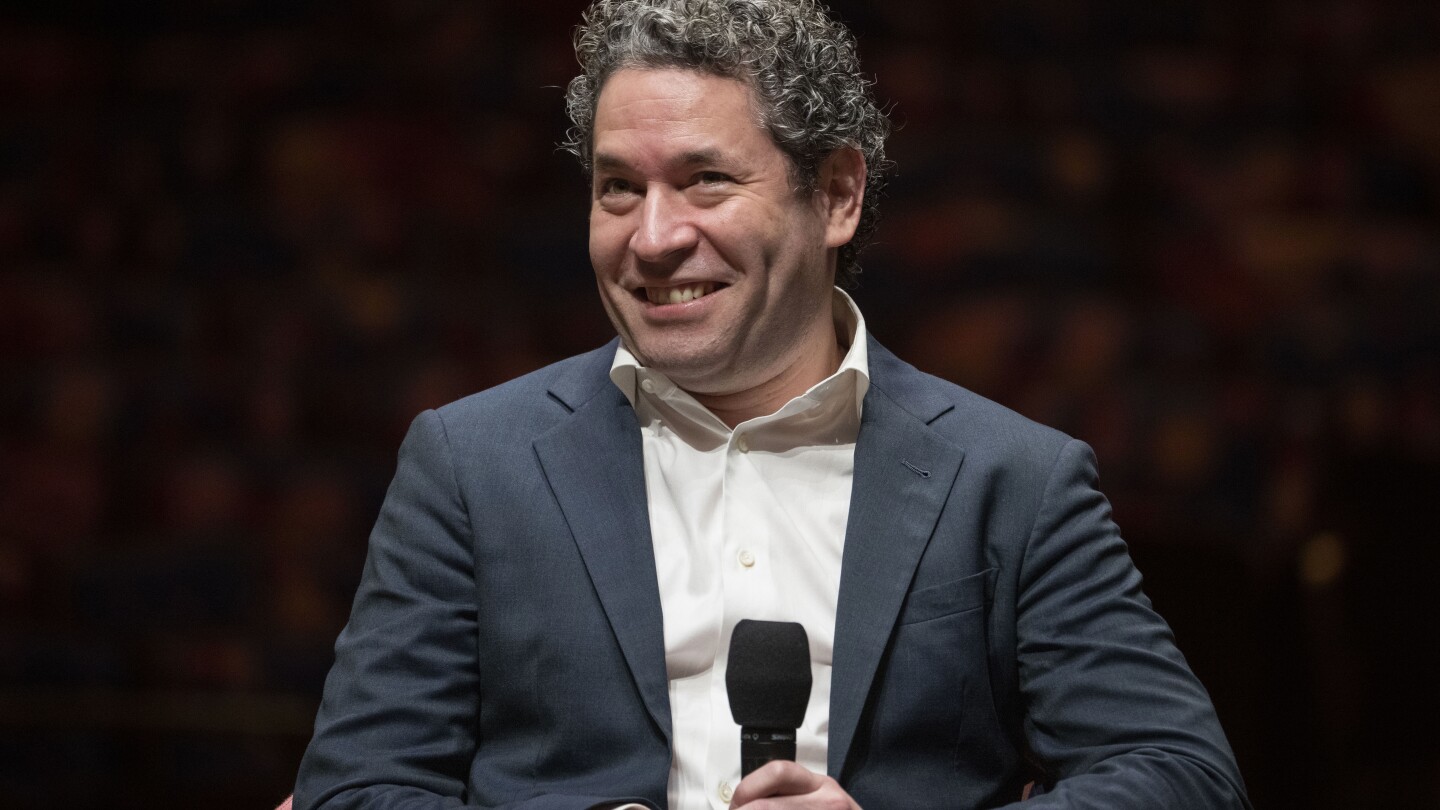MIAMI — Conductor Stéphane Denève has just one note for the string section of the New World Symphony as they work through the first movement of Jacques Ibert’s “Escales” on a recent Friday morning. During a pause in the rehearsal, he tells them “preparation is key.”
A new New World Symphony reimagines how to make an orchestra
[ad_1]
And unsurprisingly, his tip works: When the orchestra resumes and the strings come sentimentally swooping in like gulls over the harbor, the music as a whole just sounds (how to say this?) readier. Which is sort of the whole point of this place.
The New World Symphony, which is part orchestra, part academy, part classical music laboratory, is one of the most prestigious orchestral fellowship programs in the nation. Founded in 1987 by Michael Tilson Thomas (now artistic director laureate), Lin Arison and Ted Arison, late arts patron and founder of Carnival Cruises, NWS offers fellowships of up to three years to musicians making the leap from music schools and conservatories to professional orchestras and ensembles.
A refrain heard around the Frank Gehry-designed New World Center, the orchestra hub since it opened in 2011, is the NWS is “forever new.” Each year, more than 1,500 aspiring fellows vie for about 35 spots that open as fellows earn positions with other orchestras.
The St. Louis Symphony Orchestra now has 16 former NWS fellows in its ranks, while the National Symphony Orchestra has 11, including longtime horn player and oboist Kathryn Meany Wilson, harpist Adriana Horne and second violinist Derek Powell. (Even former NSO president and chief executive Gary Ginstling was a clarinet fellow at NWS.)
NWS alumni also occupy seats in the Kennedy Center Opera House Orchestra as well as the bands of each branch of the military. This year, 37 of the 87 NWS fellows are new arrivals (or “first years”), but you would never guess from the sound and cadence of rehearsal that this orchestra was just two weeks old.
“I believe in the soul of orchestras,” Denève says by phone from Tokyo a couple of weeks before arriving in Miami. “Due to the very slow renewal within orchestras, they develop a certain sound, a certain concept, a certain style that is carried through and that makes an orchestra historically interesting. But what is most exciting here is to try to unify people, to make them listen to each other, to come to understand what makes them become an orchestra.”
The appointment of Denève, who is also music director of the St. Louis Symphony and principal guest conductor of the Netherlands Radio Philharmonic, is no small hire for New World. He is only the second person to hold the post in its 36 years, succeeding Tilson Thomas, who stepped down in 2022 after being diagnosed with glioblastoma multiforme, an aggressive brain cancer.
Howard Herring, entering his 23rd season as president and chief executive of NWS, says the idea Tilson Thomas had for the orchestra was to provide a middle ground between the formality of academic life and the rigors of professional appointment.
“We say that we see a strong and secure future for classical music,” Herring tells me when I stop by his office, “and that we will reimagine, reaffirm, express and share its traditions with as many people as possible.” In practice, this means a wholesale rethinking of how the concert hall functions as a venue for classical music.
This could include offering “Wallcast” concerts, which stream live performances in the hall to a 7,000-square-foot projection wall facing the palm-strewn SoundScape Park, typically filled with hundreds of listeners in lawn chairs. It could include the free Monday and Tuesday performances staged in the ground-level Truist Pavilion.
Or it could mean the ongoing series of “Journey” concerts, which stage simultaneous performances that allow listeners to wander the center, with the music reaching each undulating curve and impossible corner of Gehry’s interiors. In tandem with the NWS mission, his architecture seems to insist you change your perspective every few steps.
Ditto the infrastructure. The New World Center is one of the more technologically advanced performance spaces I’ve ever entered. The coiling and curving interiors enclose private rehearsal spaces equipped with precision acoustics and high-speed connectivity for remote learning.
The entire center is wired together by 17 miles of fiber-optic cable. The hydraulic risers of the concert hall make it reconfigurable to hold 400 to 1,200 viewers. The hall itself is presided over by a control room bustling with engineers led by creative director Clyde Scott, who operate up to 20 robotic cameras situated around the stage.
But to Herring, advancing the NWS also means upholding the unique vision of Tilson Thomas, whose diagnosis and departure plunged the center into what he calls “sadness, everywhere.” In determining his successor, the criteria were clear. “We wanted someone like Michael,” Herring says, simply. “Could they relate to this community in the largest sense? When Stephane emerged, it was clear that he was the guy.”
In many ways, Denève, 51, does cut the figure of the archetypal conductor: He is a big, broad-shouldered figure who requires no podium to tower over most people. He has an electric presence onstage, swinging his body around and resolving grand gestures into little crackles at the fingertips. He has an ear for detail and a flair for drama. Even his dancing curls seem cut from a certain cloth.
But in most ways, the French conductor undercuts what feels like the current zeitgeist of tyrannical maestros. Denève cracks jokes, forgives mistakes, blesses sneezes. He drops a few lines of Baudelaire before rehearsal of Debussy’s “La Mer” and thanks his players effusively for listening not to him but to each other.
“I think an orchestra is the only tangible proof of telepathy,” he says over lunch at a cafe down the block from the hall, where his first order of business is to slide our waiter a little card redeemable for two concert tickets. “For me, the most important thing is that if you love music, you are not alone anymore.” This could be heard as a refinement of an adage offered by Sir Georg Solti, for whom the young Denève served as an assistant conductor: “When I have a toothache, the orchestra has a toothache.”
But in Denève’s case it feels like genuine delight in passing on lessons. From Solti, he learned “you are never on top of the mountain, that there is always something better.” From Seiji Ozawa, he learned the value of embodying the music with a sense of lightness, an idea best illustrated by watching either man at work. From Carlo Maria Giulini, he learned what he calls “the most important thing of all”: “To believe in the miracle that someone can give you something more than you imagined.”
Fellows at NWS receive a stipend, housing and support for their own projects and experiments. They enlist in mock auditions, career development workshops, even professional etiquette lessons. “They want to make sure that you don’t have to worry about ‘Where is my next paycheck going to come from?’ or whether you can pay your rent this month,” says Beatrice Hsieh, 27, a second-year violin fellow.
“They really want you to be able to focus on doing your best in this craft,” says Hsieh, who worked closely with Denève during prep for her NWS debut concert in April. Seth Van Embden, 30, a second-year viola fellow, says, “Stephane is always looking to improve himself. And that makes you feel much more comfortable around him.”
At the Sept. 16 season opener, a sold-out (and pay-what-you-like) general admission audience of about 650 filled the hall for a program of pieces selected by Denève as an homage to the blue skies and seas of Miami (as well as the blue seats of the hall and the blue eyeglasses Tilson Thomas wears). After a smoothly executed “European entrance” where the players emerge from the wings and file to their seats in a carefully rehearsed rush, the NWS was led by sole conducting fellow Molly Turner.
A composer and a force of nature from the podium, she drew from her fellow fellows a combustible performance of Adolphus Hailstork’s “An American Port of Call,” its thrilling mechanistic sound world inspired by the shipyards of Norfolk and its name half-lifted from the second work on the program, Jacques Ibert’s “Escales.”
These were followed by smart and sensitively performed accounts of Benjamin Britten’s “Four Sea Interludes From Peter Grimes” (extracted from the opera for an orchestral suite in 1944, a year before its premiere) and a finale presentation of Debussy’s “La Mer,” with its three movements bathed in shape-shifting washes of color inspired by three corresponding paintings: James McNeill Whistler’s “Nocturne in Black and Gold,” Katsushika Hokusai’s “The Great Wave off Kanagawa” and Joseph Mallord William Turner’s “Waves Breaking Against the Wind.”
The effect of the experiment could have veered toward gimmick, as though we were watching from the inside of a lava lamp, but the lights lifted and fell with the music, lending atmospheric depth to the play of the waves, the hiss of the surf across the percussion, the thrusting currents of bassoon, the twinkles of glockenspiel dancing on the surface of the water like sunlight.
As Debussy intended, it was a “Dialogue of the Wind and Sea,” but it was also a deep conversation between Denève and his fellows, his lessons from rehearsal bobbing in the music like buoys to mark the way forward.
[ad_2]
Source link











